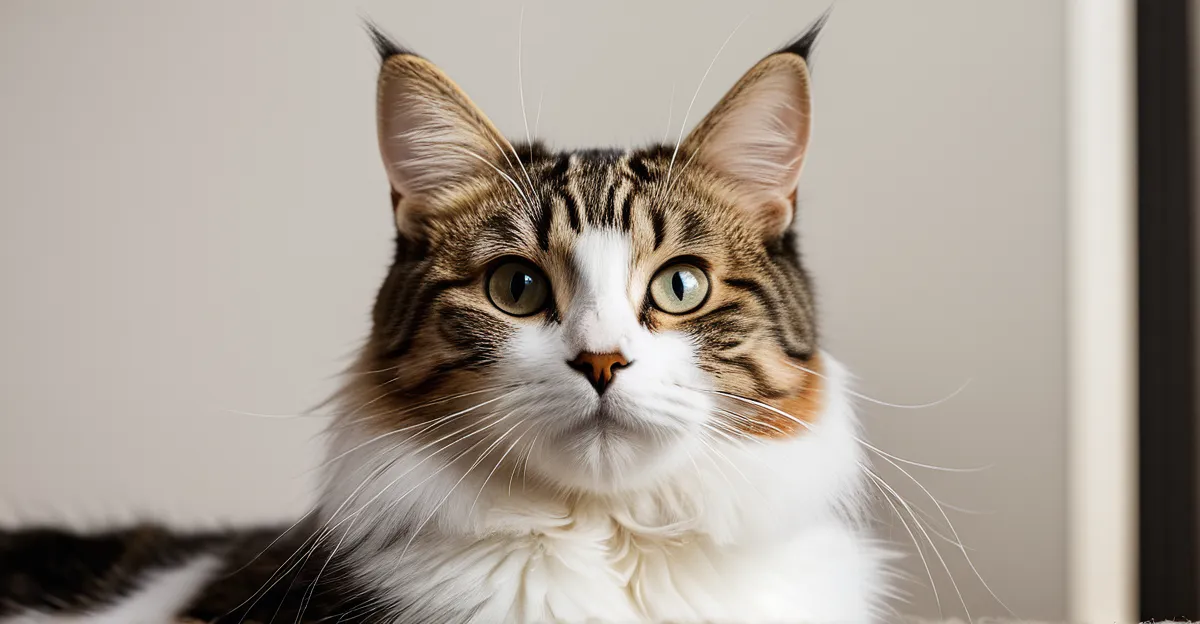Recognising When Your Cat Might Need Behavioral Therapy
Identifying cat behavioral problems early is crucial for maintaining both your pet’s and your household’s well-being. Common feline behavior issues include aggression, anxiety, litter box problems, and destructive scratching. These behaviors may signal stress, frustration, or underlying emotional distress in your cat.
So, what are clear signs your cat needs therapy? Look for sudden changes in behavior such as increased hiding, excessive vocalization, refusal to use the litter box, or aggression toward humans or other animals. These are strong behavior therapy indicators that warrant attention.
Additional reading : Vital dietary essentials for expectant queens: customizing nutrition for peak health
It’s important to distinguish between medical and behavioral causes. For example, a cat avoiding the litter box might have a urinary tract infection, not just a behavioral problem. Consulting a veterinarian before pursuing therapy ensures that medical issues are ruled out or treated.
Recognising when behaviors significantly affect your cat’s quality of life or cause distress in your home is key. Acting on these feline behavior issues promptly with professional guidance can prevent problems from escalating and improve your cat’s emotional health.
Topic to read : Comprehensive manual for feeding your sick cat with a syringe: proven strategies to entice a fussy eater
Recognising When Your Cat Might Need Behavioral Therapy
Identifying cat behavioral problems early is essential for your feline’s well-being and your household harmony. Common issues include aggression towards people or other pets, excessive anxiety, litter box aversion, and destructive scratching. When these behaviors persist or escalate, they often signal deeper feline behavior issues requiring professional attention.
Signs your cat needs therapy extend beyond occasional mischief. If your cat shows consistent avoidance of their litter box, displays unprovoked aggression, or seems withdrawn and fearful, these are clear behavior therapy indicators. Additionally, physical symptoms like excessive grooming or sudden changes in appetite can hint at underlying stress.
It’s crucial to distinguish between medical causes and behavioral problems. Sometimes, what appears as disruptive behavior may stem from illness or pain, so a veterinary check-up should precede any therapy. Once medical concerns are ruled out, targeted behavioral therapy can effectively address these issues, improving your cat’s quality of life and restoring peace. Recognising these signs promptly ensures your cat receives the behavioral therapy they need to thrive.
Understanding Feline Behavioral Therapy
Behavioral therapy for cats is a structured process designed to address cat behavioral problems through professional guidance. How cat therapy works begins with a detailed assessment by a feline behaviorist to pinpoint the exact feline behavior issues causing distress. This includes observing your cat’s environment, routines, and interactions.
What to expect in feline therapy typically involves a combination of behavior modification techniques tailored to your cat’s specific needs. Common approaches include desensitization to triggers, counter-conditioning, and positive reinforcement. These are aimed at reducing unwanted behaviors such as aggression or anxiety and encouraging desirable behavior patterns.
The key goals of behavioral therapy for cats focus on improving your pet’s emotional health and restoring harmony within the home. Successful therapy can alleviate stress-related behaviors and enhance your cat’s quality of life. Often, this process is gradual and requires patience, consistency, and close collaboration between you and the therapist.
Your cat’s response to therapy depends on the severity of their issues and their unique personality. By understanding how cat therapy works, you ensure informed decisions that foster a positive outcome for both you and your feline companion.
Recognising When Your Cat Might Need Behavioral Therapy
Identifying cat behavioral problems early requires careful observation of both your cat and your home environment. Common feline behavior issues include aggression, anxiety, litter box aversion, and destructive scratching. Each behavior can impact your cat’s well-being or disrupt household harmony.
What are the exact signs your cat needs therapy? If your cat displays persistent aggression, frequent hiding, or refuses the litter box consistently, these are clear behavior therapy indicators. Also, behaviors like excessive scratching that damages furniture or unprovoked vocalization should alert you to potential concerns.
Distinguishing behavioral problems from medical conditions is essential. For example, reluctance to use the litter box could signify urinary tract infections or pain rather than mere defiance. Always seek a veterinary evaluation first to rule out illness.
Behavioral signs affecting your cat’s quality of life, such as social withdrawal or repetitive behaviors, alongside negative effects on your living environment, strongly suggest intervention. Promptly recognizing these signs allows you to address cat behavioral problems effectively and helps your feline friend regain comfort and balance.
Recognising When Your Cat Might Need Behavioral Therapy
Identifying cat behavioral problems early involves observing persistent behaviors that disrupt your cat’s well-being or household peace. Common feline behavior issues include aggression, anxiety, avoidance of the litter box, and destructive scratching. These behaviors often indicate stress or frustration, but knowing whether they require professional help can be challenging.
What are the clear signs your cat needs therapy? If behaviors such as unprovoked aggression, excessive hiding, or continuous refusal to use the litter box persist beyond occasional incidents, these are strong behavior therapy indicators. Excessive vocalization or sudden changes in social interactions also suggest underlying emotional distress.
Distinguishing between medical and behavioral causes is crucial. For example, a cat suddenly avoiding the litter box might have a urinary tract infection rather than a behavioral problem. Veterinary consultation helps rule out physical illness before therapy begins. Only after medical factors are excluded should behavioral interventions be pursued.
Recognising these nuanced feline behavior issues ensures you address both your cat’s emotional health and the overall household environment effectively. Early intervention through therapy can prevent escalation and restore harmony.


